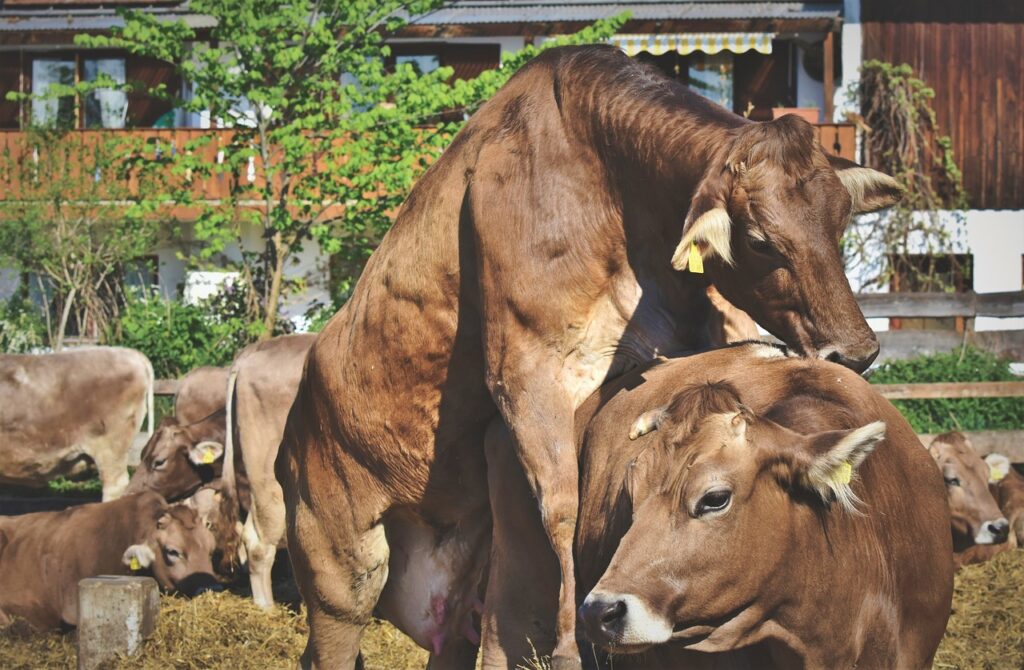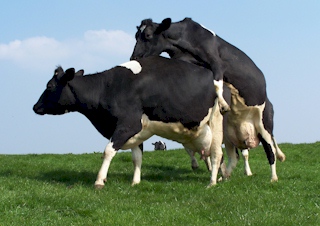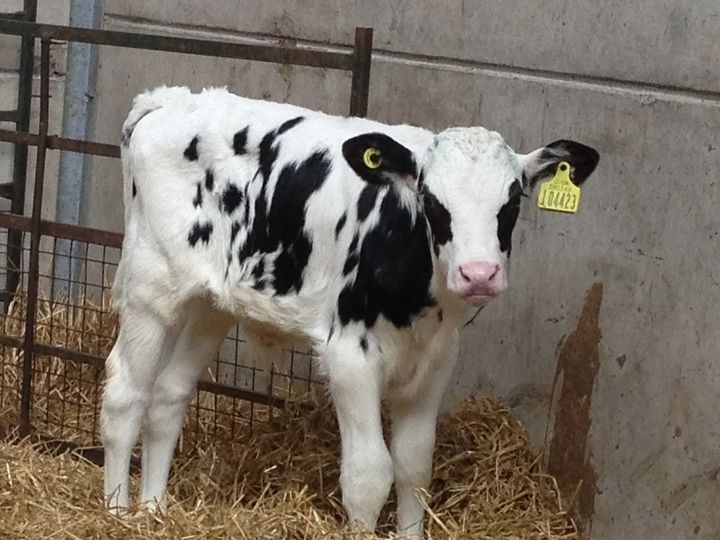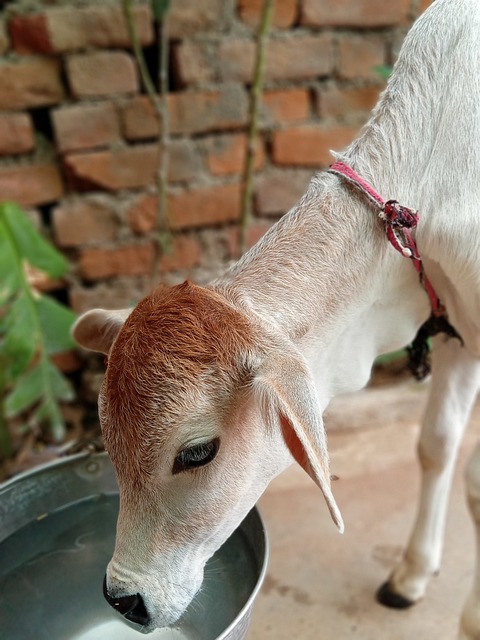Artificial insemination (AI), is a revolutionary technique that has redefined the landscape of cattle reproduction. In the dynamic world of cattle farming, the quest for superior genetics and reproductive success has long been a driving force. From the iconic image of bulls reigning over pastures to the meticulous selection of breeding pairs, the art and science of cattle breeding have evolved significantly. Let’s delve into the multifaceted benefits and intricate nuances of this game-changing method.
Signs of Heat: A Gateway to Fertility
Estrus, or heat, is the pivotal phase in a cow’s reproductive cycle. Characterized by unmistakable signs such as increased locomotion, vocalizations, and tail movements, estrus marks the peak of a cow’s fertility.
However, the most definitive sign of heat is when a cow stands to be mounted, signaling her readiness for breeding. This cyclical occurrence, happening approximately every 21 days, serves as a window of opportunity for successful conception.
Why Artificial Insemination Matters: A Paradigm Shift in Breeding
Artificial insemination has emerged as a cornerstone of modern cattle breeding practices, offering a multitude of advantages over traditional methods. Foremost among these is the unparalleled opportunity for genetic improvement. By selecting semen from elite bulls worldwide, farmers can enhance desirable traits such as health, strength, and productivity in their herds. Moreover, AI facilitates genetic variation, mitigating the risks of inbreeding and ensuring the long-term viability of livestock populations.
Enhancing Efficiency and Safety
Beyond genetic benefits, AI streamlines record-keeping and enhances safety for both animals and farmers. Through meticulous documentation of breeding dates and lineage, farmers can track and manage their herds with precision. Furthermore, AI eliminates the inherent risks associated with natural mating, particularly with aggressive bulls, thereby ensuring a safer and more humane breeding process.
Understanding the Reproductive Cycle
To optimize reproductive success, it’s essential to grasp the intricacies of the bovine reproductive cycle. Cows can only conceive when in heat, typically occurring 60 days after calving. Starting breeding heifers at the optimal age of 15-18 months sets the stage for healthy reproductive development. Additionally, adhering to a structured lactation period of 305 days followed by a 60-day dry-off period helps maintain the overall well-being of the cow and prepares her for the next reproductive cycle.
Fostering Fertility through Nutrition
However, fertility is not solely dependent on breeding methods; it is profoundly influenced by the overall health and condition of the cow. Adequate nutrition plays a pivotal role in ensuring fertility and successful breeding outcomes. Feeds supplied must meet the energy requirements for reproduction, production, and immunity, thereby optimizing the cow’s reproductive potential.
A Sustainable Future in Agriculture
Artificial insemination represents a transformative leap forward in cattle breeding, offering unparalleled opportunities for genetic enhancement, efficiency, and safety. By embracing the science and artistry of AI, farmers can not only improve the quality of their herds but also pave the way for a more sustainable and prosperous future in agriculture. As the landscape of farming continues to evolve, AI stands as a testament to innovation and progress in the age-old pursuit of breeding excellence.





